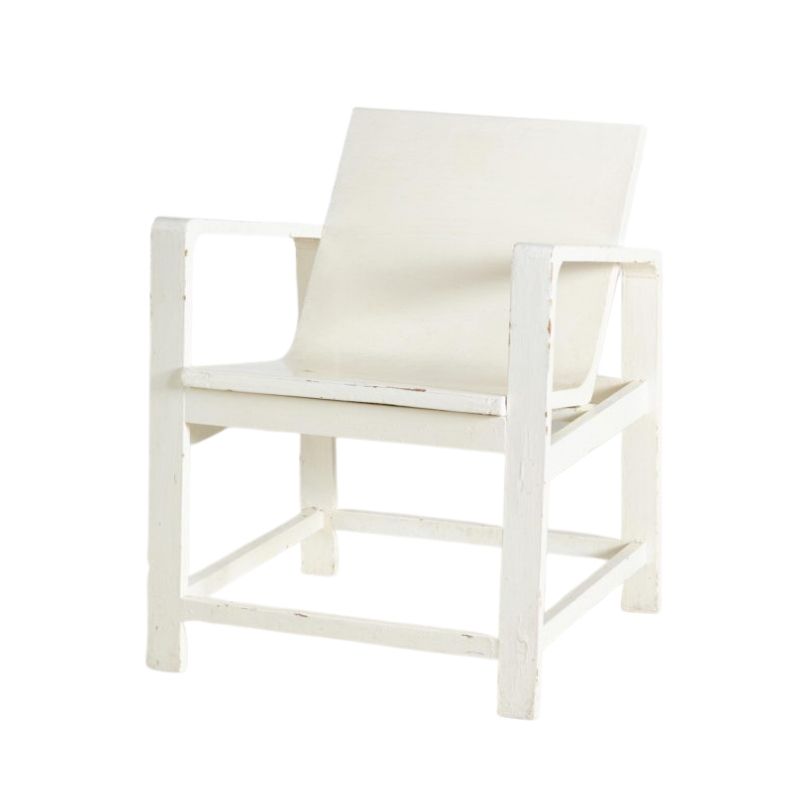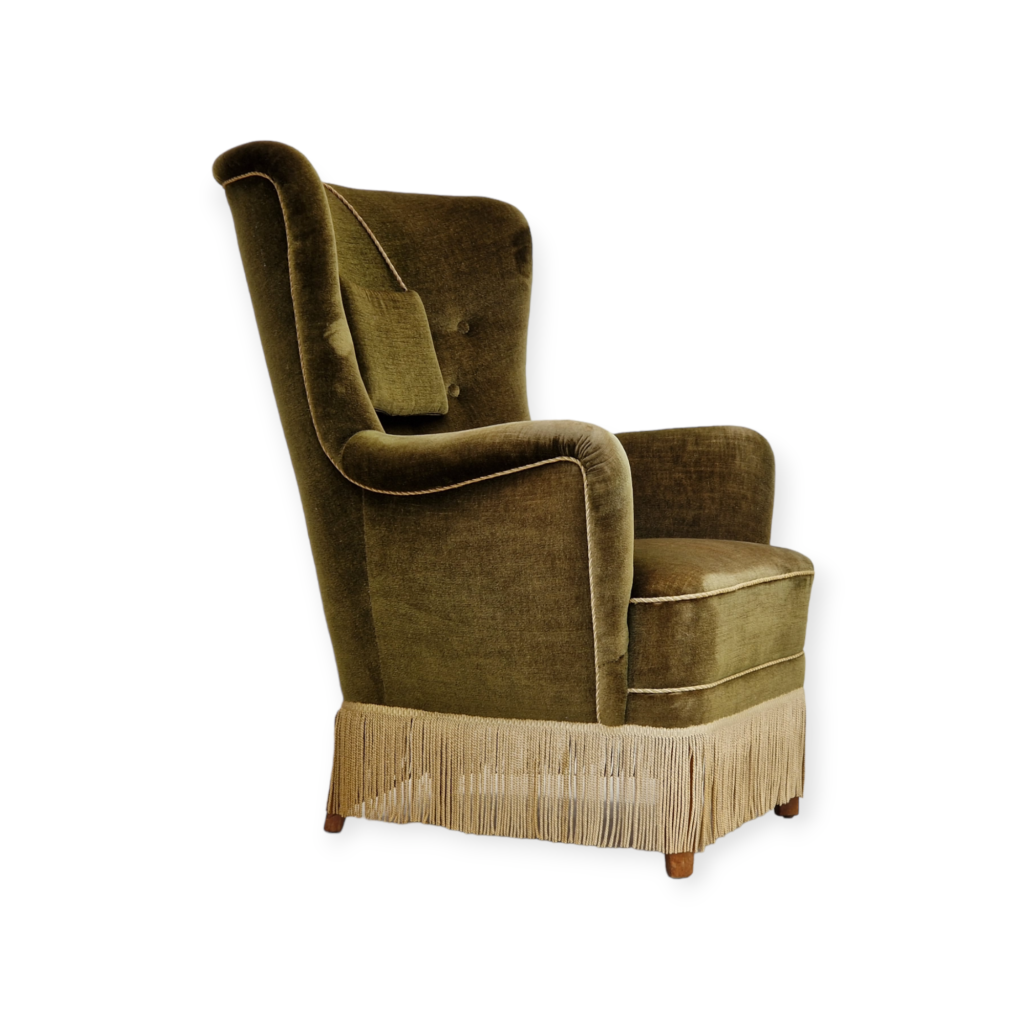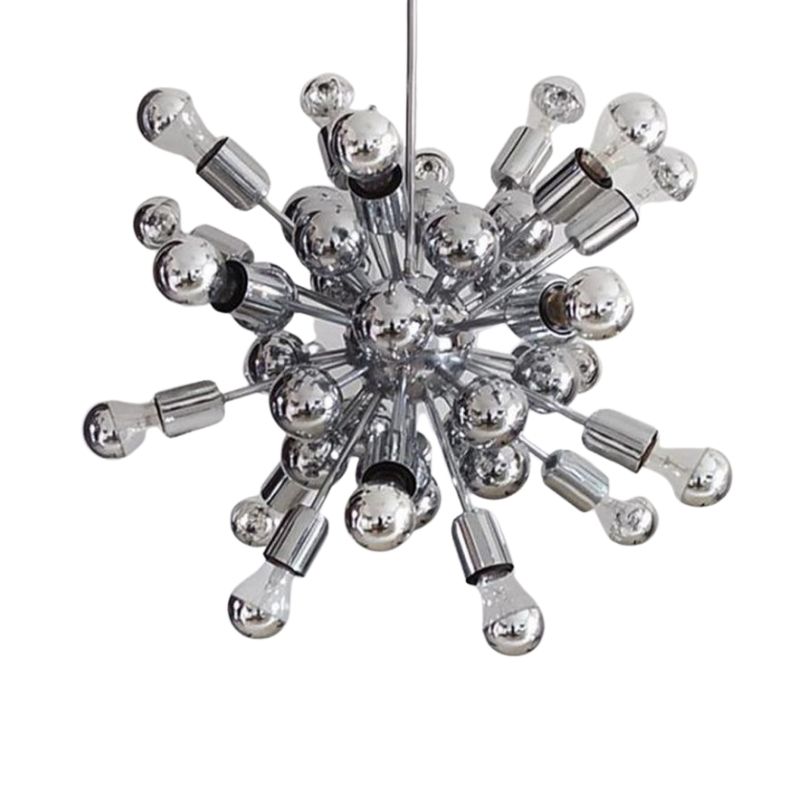The DA Blog has some pictures showing Ms. Hadid's design work. In the past, I have found her architecture interesting, even daring occassionally, but typical of today's over-wrought formalism. Alas, the design work pictured is just plain ugly and functionally challenged. Perhaps it is an unfair sample.
Branded architects...
...are like branded products. They have to be easily recognizable, no matter what the function is. Zaha Hadid is known for badly 3D programmed flattened blubbers, and so that is what she makes, at any scale...from "chair to city" as it used to be called. I am sure it makes the world a much better place...for her.
She's more art than...
She's more art than architecture. I find some of her work and renderings beautiful in their own right. Certainly challanges the formal approach to architecture.
What I really love is her shift to the highly organic and the sinuous fluidity in her work. It's not revolutionary, nor original...Saarinen and Niemeyer certainly beat her to the punch decades ago. I suppose it demonstrates the current thinking in architecture? That we're reach a stage where the imagination has a greater voice in architecture than previously possible?
I have learned over the years here not so much to look...
under the skin of design, but the legacy from which it springs "to get it."
Hadid's work tends to evidence certain beautiful elements in her works, but a rather conscious resistance to getting to "it."
Is Hadid working out of yet another legacy I must learn about?
Koen usually give me a gentle clue that sets me on my way, but even he seems to doubt there is any substance to her work. And Koen, who usually can quote book and verse on historical periods (or schools) of design that a designer is building from offers no insight in this regard.
Is Hadid just Starck in a dress? Yin to his yang?
I want to give Hadid the benefit of the doubt. I want to understand what there is of her to be understood. I am willing to accept the branding argument Koen advances, if that is all there is.
But I learned many years ago from reading Anais Ninn' The Future of the Novel that women would first emulate the art and craft practiced by men, before later imprinting their own female-world view upon that art and craft.
I want to make sure here that I and others are not missing, or overlooking, an essentially feminine organicism to here buildings and products.
cont.
Ninn spoke frankly of feminine forms and archetypes distinct from masculine forms and archetypes. Hers were rather concrete and unsubtle. They showed up in her titles. A Spy in the House of Love. The Four Chambered Heart. It is the woman as vessel emitting vessel like archetypes and related forms.
Jung went further, perhaps with more profundity, certainly with more paradox, in his Mysterium Coniunctionis. Jung said that the masculine often expressed itself through feminine archetypes in an effort to reconcile the feminine and masculine aspects of personality. Jung argued a person would experiment with archetypes of both genders in a mysterious dance in order to move ever closer to a conjunction of the sides of the self.
I know a big part of design is a rational act of engineering.
But there is another part that is intuitive and emergent from unknown to the known. It is in this part that archetypes often are apparent, whether the designer, or consumer, recognize them, or not. Sometimes the rational engineering requirements of design obliterates the archetypal forms, or sometimes philosophies, or ideologies, work to filter them out in revision processes.
All of which is a way of asking: is Hadid communicating something new and feminine and desirable in design that I am missing? Or are these strange, rather low utility forms something she is producing during a struggle of working through her own mysterium coniunctious? Or are they just lousy design of hack compromised by branding?
cont.
Most of the women designers out of the modernist period seemed to squelch their genders' archetypal instincts in favor of formal rationalism about as much as the men seemed to do.
Of the top of my head, I can only think of one male, architect Frank Lloyd Wright, that I would point to and say that he probably spent most of his career actually working out in his architecture the dance of Jung's Mysterium Coniunctionis; i.e., moving back and forth, and occassionally fusing, what appear to have been his feminine and masculine sides and the archetypal forms those aspects may have been predisposed toward.
I suspect those of you that know more of architectural and design history could point to others and to some women, also, who have done the dance.
Frankly, I see some of this in Koen's work, though I have hardly seen enough of it to say with much conviction.
In any case, to give Hadid her day in court, is she getting at anything other than marketing here?
If you need any help, please contact us at – info@designaddict.com









